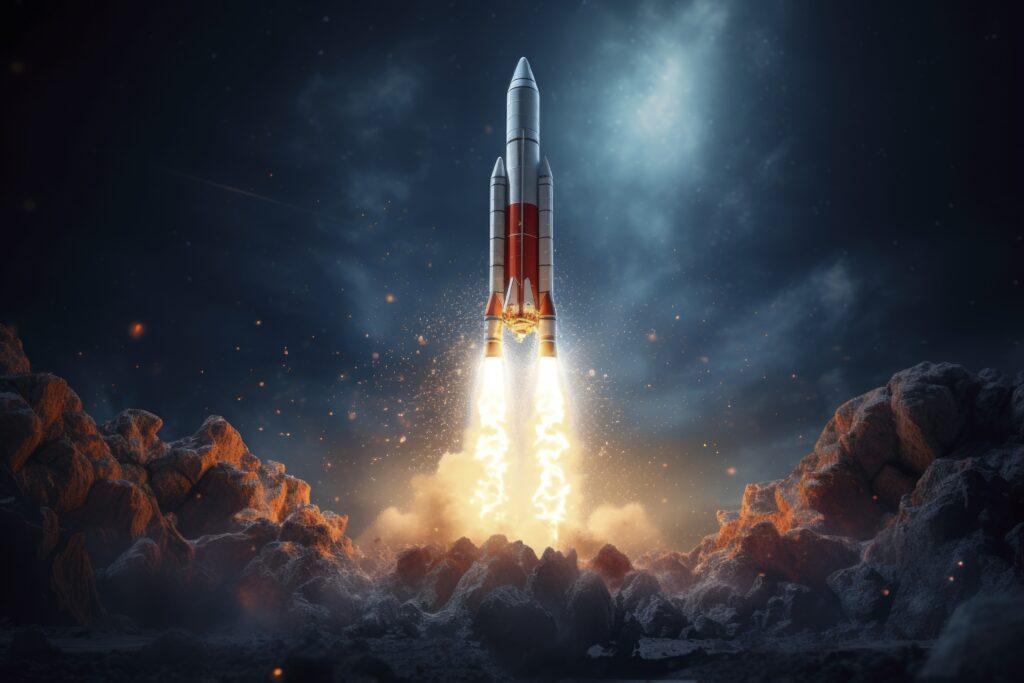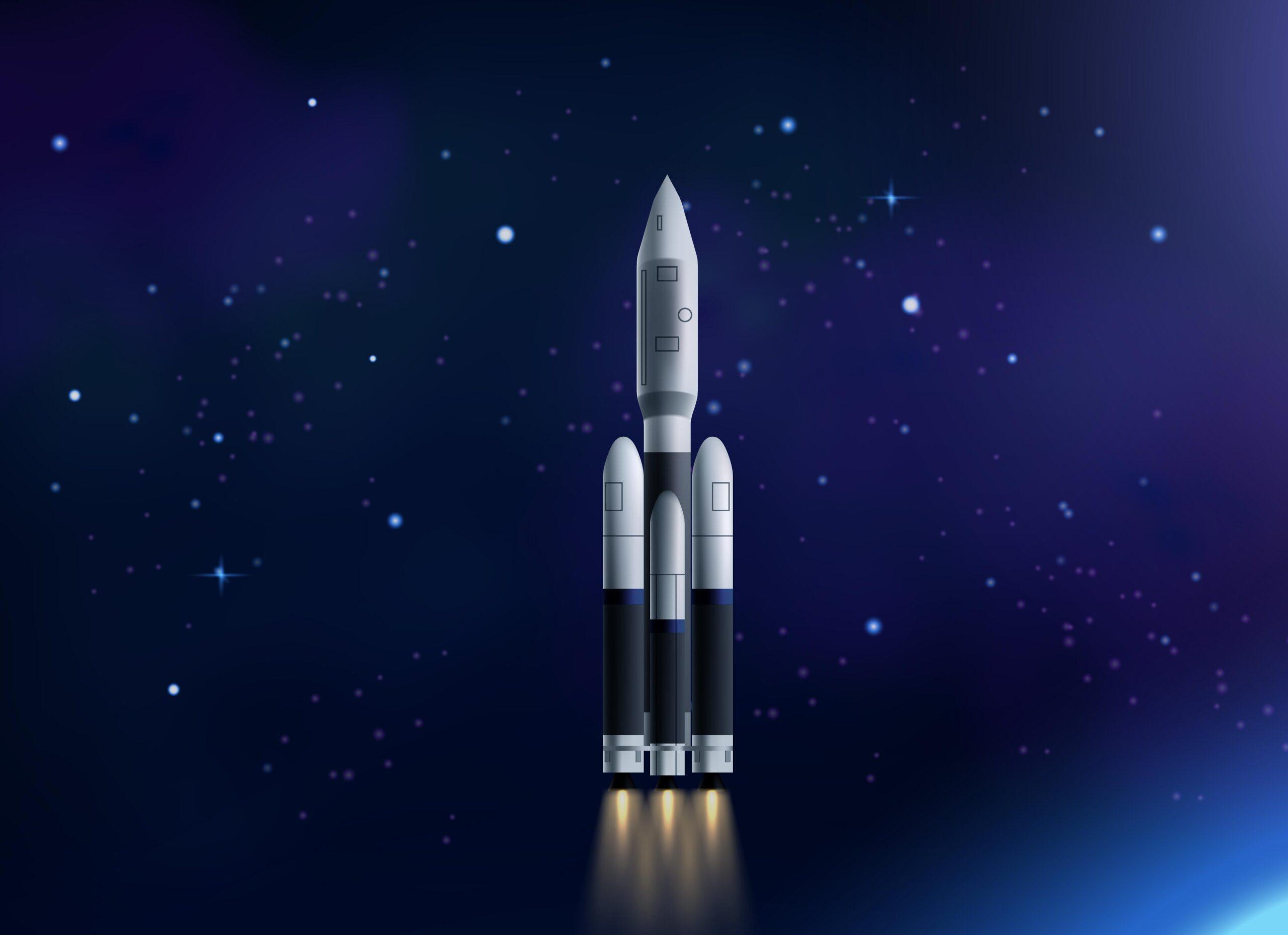Europe’s Space Ambitions Take Flight: The High-Stakes Debut of Isar Aerospace’s Spectrum Rocket
A quiet stretch of Norwegian coastline is about to make aerospace history. At the Andøya Space Center, 200 miles north of the Arctic Circle, engineers from German startup Isar Aerospace are preparing for a milestone moment—the first orbital launch attempt from continental Europe outside Russia. Their two-stage Spectrum rocket, standing 28 meters tall and fueled by an unconventional oxygen-propane mix, represents more than just technological ambition; it’s a bid to redefine Europe’s role in the New Space race.
The Launch That Could Change Europe’s Space Future
Scheduled for March 24 during a three-hour afternoon window, this uncrewed test flight carries no payload—only the weight of continental expectations. “Every component will be scrutinized,” an Isar spokesperson told New Scientist, explaining why all engineers were unavailable for interviews amid final preparations. The Norwegian Civil Aviation Authority has cleared the attempt, but success hinges on Arctic weather cooperating.
This launch carries symbolic importance beyond its technical objectives. While Europe has long relied on Arianespace’s South American launch site in French Guiana, Spectrum’s flight from Norwegian soil would demonstrate:

- Geopolitical independence from U.S. providers like SpaceX
- New logistical efficiencies for European satellite manufacturers
- Flexibility in orbital deployments, especially for polar orbits
Why Europe Desperately Needs Homegrown Launchers
Dr. Davide Amato of Imperial College London outlines three compelling drivers behind Europe’s push for autonomous launch capabilities:
1. The Logistics Revolution
“Building a satellite in Munich only to ship it to Texas or French Guiana adds months and millions,” Amato explains. Local launches could slash costs and simplify scheduling for Europe’s booming small-sat industry.
2. The Ride-Share Dilemma
Current options force small payloads to compromise on orbit parameters when sharing rockets. Spectrum promises dedicated launches for 1,500 kg payloads—perfect for Norway’s upcoming Arctic surveillance satellites.
3. The Musk Factor
With SpaceX dominating 80% of global launches, Europe bristles at reliance on Elon Musk’s politically unpredictable empire. Isar CEO Daniel Metzler’s veiled reference to “today’s geopolitical climate” underscores this tension.
Norway’s Unexpected Launch Advantage
While equatorial sites like French Guiana provide natural velocity boosts, Andøya’s 69°N latitude offers unique benefits:
- Ideal for polar/sun-synchronous orbits (90°-110.6° inclination) critical for:
- Earth observation satellites
- Climate monitoring systems
- Classified reconnaissance payloads
- Sparse air/sea traffic minimizes scheduling conflicts
- Existing infrastructure from decades of sounding rocket launches
“It’s not perfect for every mission, but for specific orbits, it’s brilliant,” Amato notes. The site could support up to 30 annual launches if Isar’s ambitions materialize.
The Silicon Valley Approach Hits European Rocket Science
Isar’s strategy mirrors SpaceX’s controversial “fail fast, iterate faster” philosophy—a stark contrast to ESA’s traditionally cautious approach. This cultural shift carries risks:
The Innovation Gamble
- Pros: Rapid prototyping could help Isar close the gap with U.S. rivals
- Cons: Spectacular failures might spook investors in risk-averse Europe
Amato warns, “The first launch will likely reveal flaws. The question is whether Isar can fail affordably until they succeed.” With competitors like Rocket Factory Augsburg and HyImpulse advancing, the race is on to prove European New Space viability.
What Success Would Mean
A flawless debut would:
✅ Validate propane as a practical, storable rocket fuel
✅ Prove high-latitude launch viability
✅ Trigger investment in European small-launch ecosystems
But industry watchers caution that one test doesn’t make a reliable launch provider. “The real challenge begins with launch two through twenty,” says an ESA insider who requested anonymity. “That’s when we’ll know if Isar has staying power.”
As the countdown begins at Andøya, more than rocket science hangs in the balance—Europe’s aspirations for space autonomy may well ride on Spectrum’s fiery arc into the Arctic sky.

